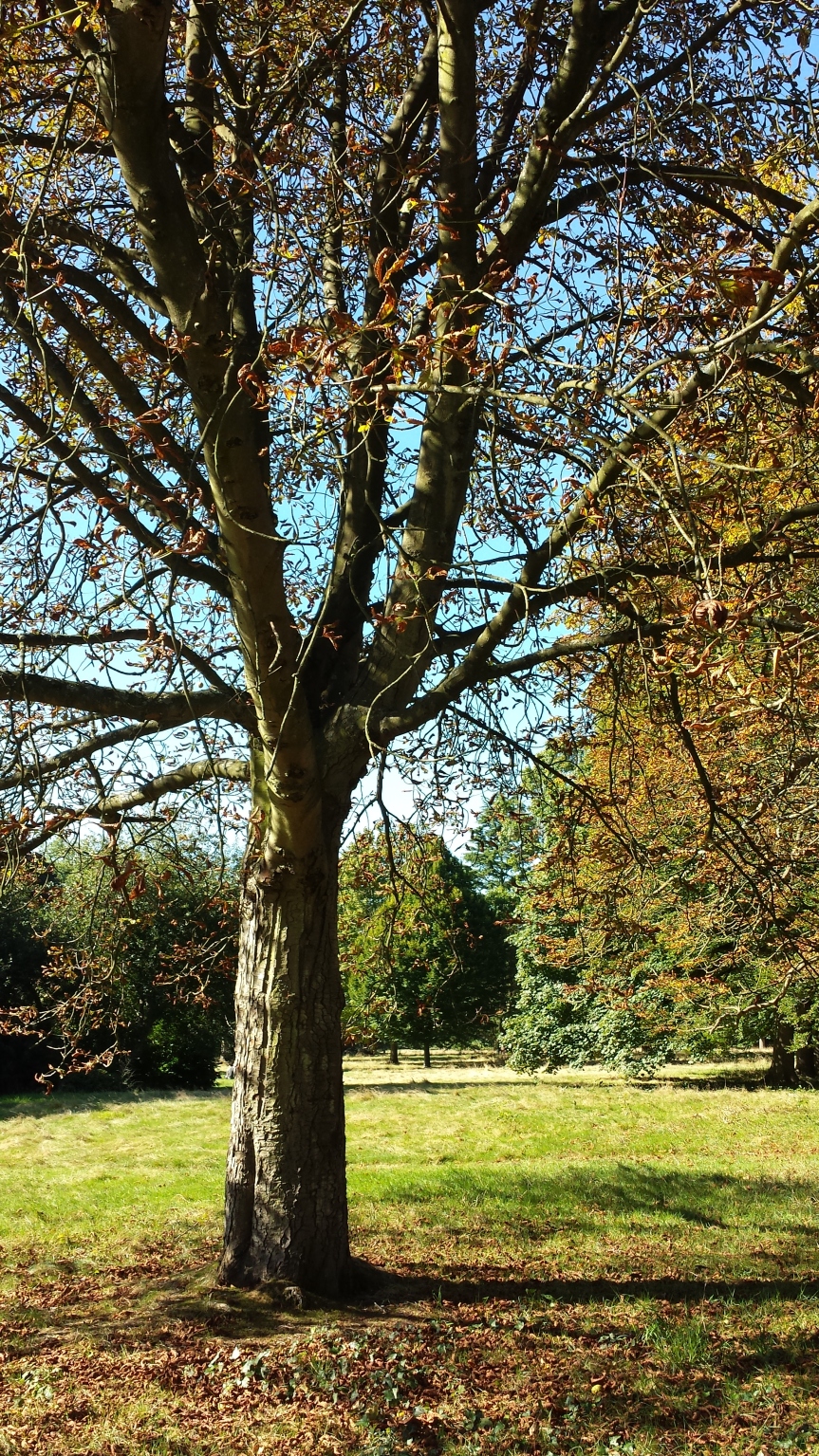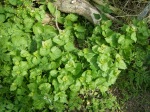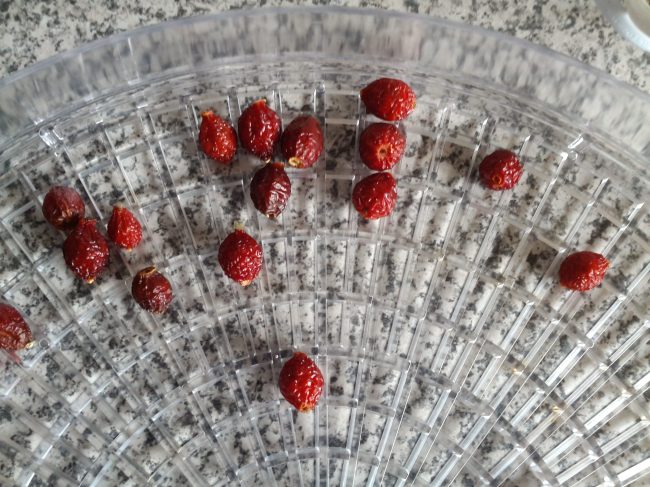
Natural haircare can be fraught with challenges. Where are the ingredients from, how are they sourced, are they sustainable, and will they work? Well, let me tell you a secret – I haven’t used regular shampoo to wash my hair for almost a year now.
Recently, I have been using a soapnut shampoo every 4-6 days, substituting for a wash of chick pea flour (a tablespoon mixed with a little warm water) every few weeks.
But, conscious that the soapnuts grow far away and of concerns expressed about the impact of their rising popularity here on their cost for those who have been using them for centuries, I have been looking for a more sustainable alternative.
So, when I heard (via the fantastic community that is the Zero Waste Heroes Facebook Group) that conkers are a popular alternative to soapnuts in Germany I was keen to give it try. Something both local and free – now what could be better? Now autumn has arrived, I can finally give it a go.
My first foraging trip was unsuccessful and turned up just a single conker but then I realised a park would, of course, be the best place to look. I found a few on my way to work (quick dash as I realised the park opposite the station was a good place, but that my train was in 10 mins!), but did much better in my lunch hour at the beautiful Cassiobury Park in Watford. My cloth bag was swiftly filled, though as I carried them home at the end of the day I did wish I hadn’t gathered quite so many.
Now how to choose between the variety of recipes online? Although I read a few I decided I wanted to keep it simple. I crushed up about 5 or 6 conkers, but you can experiment with the strength to see what works for you and your water, and soaked them in a cup or so of warm water overnight. Discard any that are split – I had a few and they went mouldy before I got to use them.
I strained the liquid in the morning (you should get a nice milky looking liquid – that in the photo below has separated out slightly – this was just before I shook and sieved it) and used some of it to wash my hair. Giving it a quick shake revealed the frothiness caused by the natural saponins. I used an empty liquid soap dispenser to apply to my hair, focussing on the roots – an old shampoo bottle would work well too. Take care to avoid getting any in your eyes. The conkers apparently have a slightly lower ph value than the soapnuts. I’m not quite sure (will try to find out and update) whether this means a ph balancing rinse is necessary (not needed with soapnuts) but I did rinse with some leftover coffee with a splash of white vinegar. This also acts as a conditioner. The liquid won’t lather like shampoo and is much less thick, which may seem strange if you are used to shampoo. I wasn’t sure it was working at first and my hair did feel a little waxy while it was wet (a hard water problem) but once dry I am really pleased – it feels lovely and soft, and importantly, clean.
I didn’t need to use all of the liquid on my hair so used the rest to wash a load of laundry. I added a splash of vinegar to the machine as well as we have very hard water. I wasn’t washing anything with stains so can’t yet comment on effectiveness there (I usually need to apply stain remover anyway with soapnuts) but they came out smelling nice and fresh. I am sure you could add a few drops of fragranced oil if you like a scent to your laundry. I’m used to it being unfragranced.
If you have collected enough to see you through the winter you can dry the whole or the chopped up conkers, and then mix with the water as you need to use it. A word of warning – I tried chopping them in a mini food chopper and, it broke (though it’s possible that the plastic bowl cracked during washing up) – so might be better to cut them, grate them or bash with a hammer, or at least not try first time in an expensive food processor. Be sure to label them clearly – remember that raw conkers are poisonous. Might also be worth testing a small amount on your skin in case of allergies.
Don’t forget that you can compost the used conkers.
I will definitely be trying this again, to see if I can replace soapnuts altogether, or at least partially. Do let me know if you give this method, or any of the variations, a go and if it works for you.
You can read more about the other natural hair washing methods I have used in my earlier post about Giving up Shampoo








































